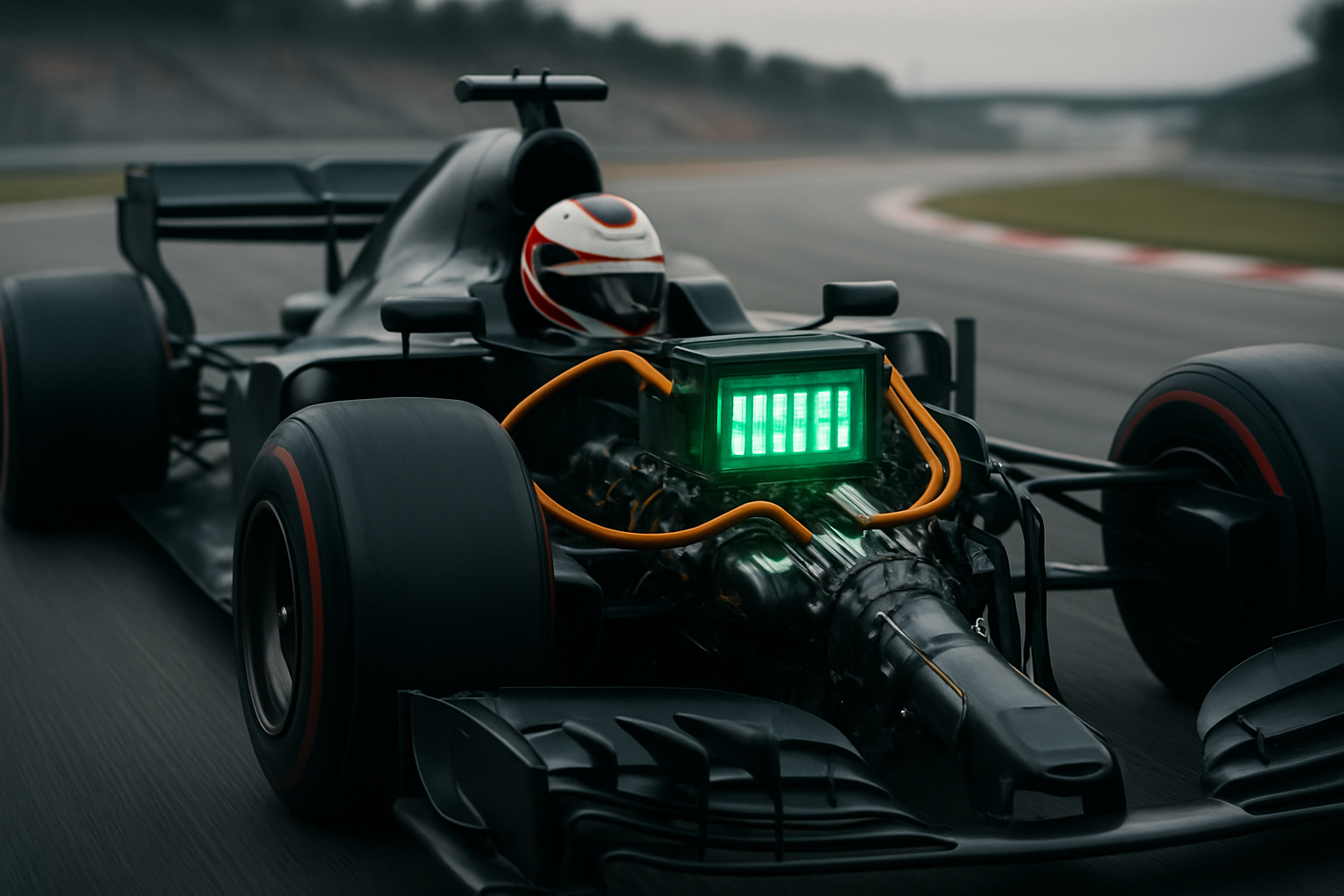Cryogenic Fuel Systems: The Future of High-Performance Racing
Imagine a racecar hurtling down the track, its engine roaring with unprecedented power and efficiency. The secret? A cutting-edge cryogenic fuel system that's revolutionizing motorsports. This innovative technology is pushing the boundaries of performance, challenging traditional notions of automotive fuel delivery, and opening up new possibilities for speed enthusiasts and engineers alike.

A Chilly History: The Origins of Cryogenic Fuel in Motorsports
The concept of using cryogenic fuels in racing isn’t entirely new. In the 1970s, pioneering engineers began experimenting with liquid hydrogen in dragsters, seeking to harness its high energy density and clean-burning properties. However, these early attempts were largely experimental and faced significant challenges in terms of safety and practicality.
The Cool Benefits: Why Cryogenic Fuels are Gaining Traction
Cryogenic fuel systems offer several advantages over traditional gasoline or diesel engines. The extremely low temperatures of the fuel allow for denser air-fuel mixtures, resulting in more powerful combustion. Additionally, the cooling effect of the cryogenic fuel can help manage engine temperatures more effectively, potentially allowing for higher compression ratios and improved overall efficiency.
Freezing Out the Competition: Cryogenic Fuels in Modern Racing
Today, cryogenic fuel systems are making a comeback in high-performance racing circles. Formula 1 teams are exploring the use of liquid nitrogen in their pit stop equipment to rapidly cool tires, while some endurance racing series are considering the introduction of LNG-powered vehicles. These developments are not only pushing the boundaries of performance but also aligning with growing environmental concerns in motorsports.
Technical Challenges: Overcoming the Hurdles of Ultra-Cold Fuels
Implementing cryogenic fuel systems in racing vehicles presents unique engineering challenges. Specialized tanks and fuel lines must be developed to withstand extreme cold without becoming brittle. Additionally, the rapid expansion of the fuel as it warms requires precise control systems to maintain consistent performance. Engineers are also grappling with the challenge of minimizing boil-off, where the cryogenic fuel slowly evaporates even when not in use.
Safety First: Ensuring Cryogenic Systems Meet Racing Standards
Safety is paramount in motorsports, and cryogenic fuel systems introduce new considerations. Teams and regulatory bodies are working together to develop comprehensive safety protocols for handling and using these ultra-cold fuels. This includes specialized training for pit crews, advanced fire suppression systems, and redesigned vehicle structures to protect the cryogenic fuel tanks in the event of a crash.
The Ripple Effect: How Cryogenic Racing Tech Impacts Consumer Vehicles
As with many automotive innovations, advancements in cryogenic fuel systems for racing are likely to trickle down to consumer vehicles. While it’s unlikely we’ll see widespread adoption of liquid hydrogen or LNG in passenger cars anytime soon, the lessons learned in managing ultra-cold fluids and improving engine efficiency could lead to improvements in conventional fuel systems and engine designs.
Cool Runnings: The Future of Cryogenic Fuel in Motorsports
The potential of cryogenic fuel systems in racing is just beginning to be realized. As technology advances and safety concerns are addressed, we may see more widespread adoption across various motorsport disciplines. Some experts predict that within the next decade, cryogenic fuels could become a staple in certain racing categories, offering a unique blend of performance and environmental benefits.
A Frosty Revolution in the Heat of Competition
Cryogenic fuel systems represent a fascinating frontier in automotive technology, particularly in the high-stakes world of motorsports. As engineers continue to push the boundaries of what’s possible with ultra-cold fuels, we’re likely to see exciting developments that could reshape the future of racing and potentially influence the broader automotive industry. The race to harness the power of cryogenic fuels is on, and it’s sure to be a thrilling journey for automotive enthusiasts and engineers alike.





